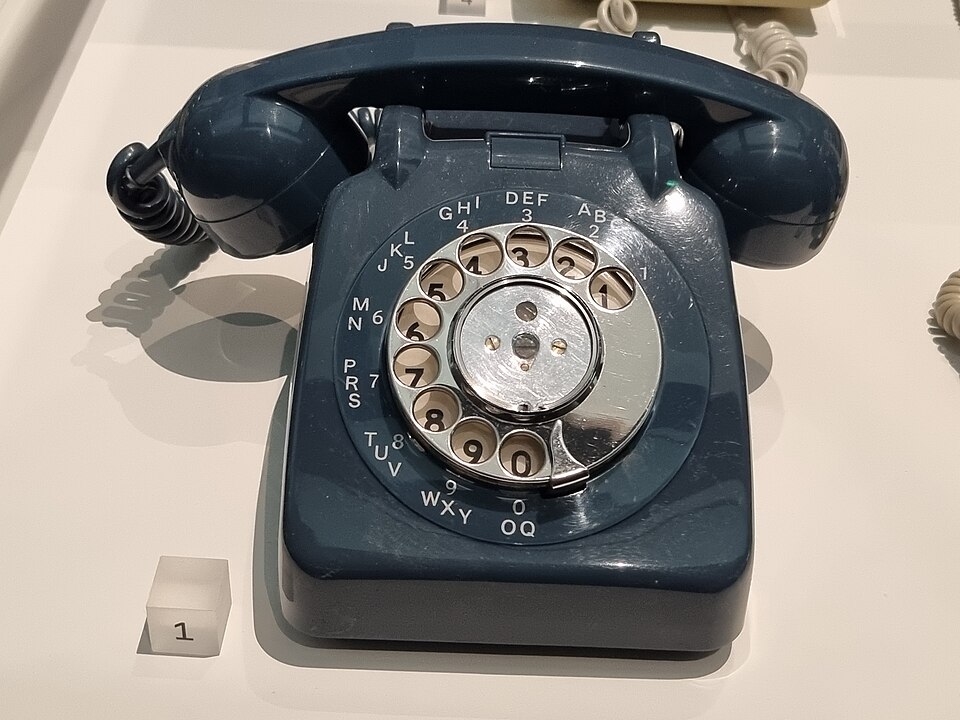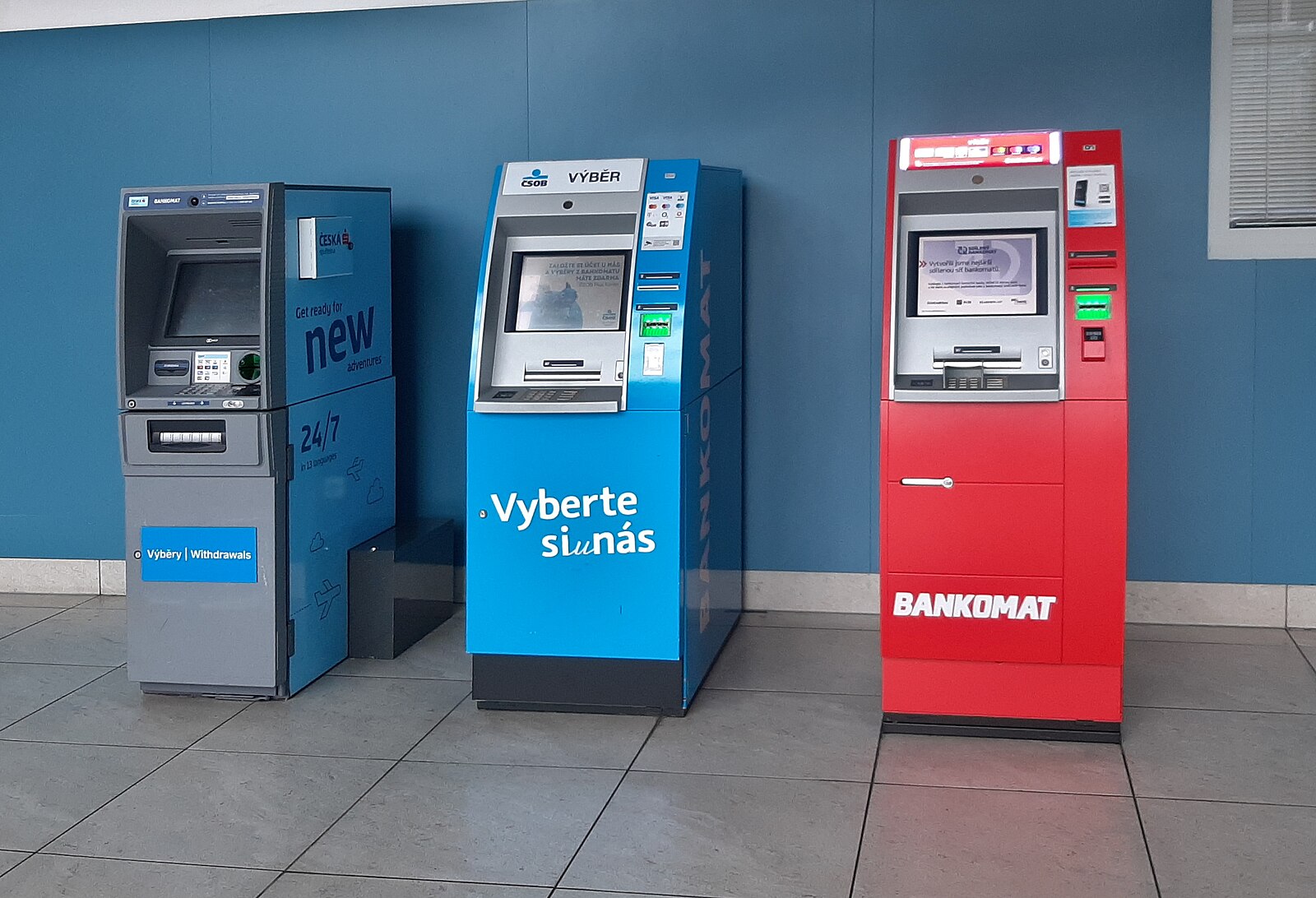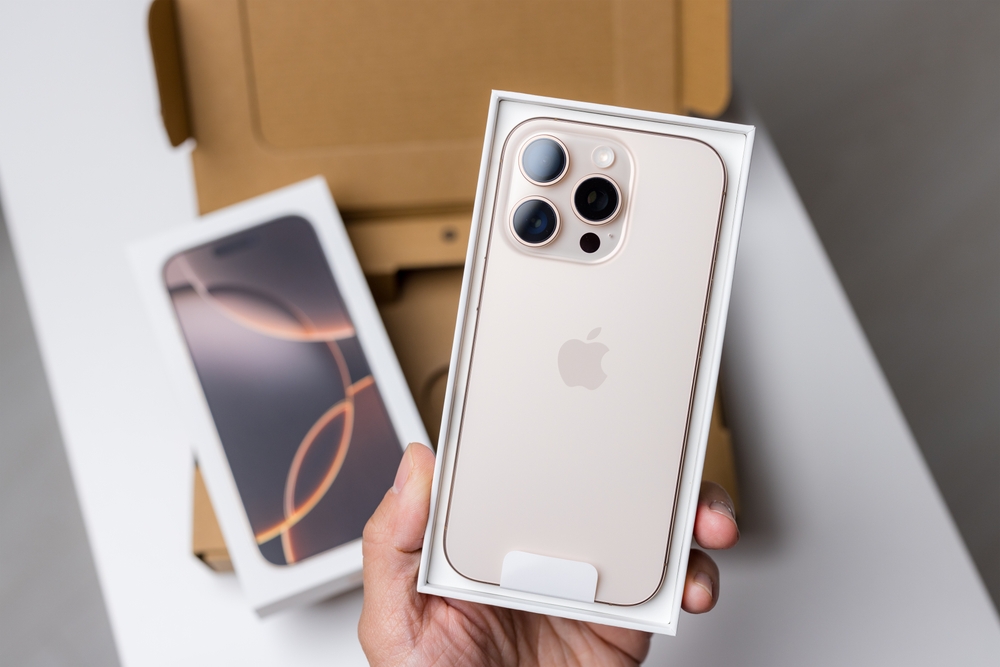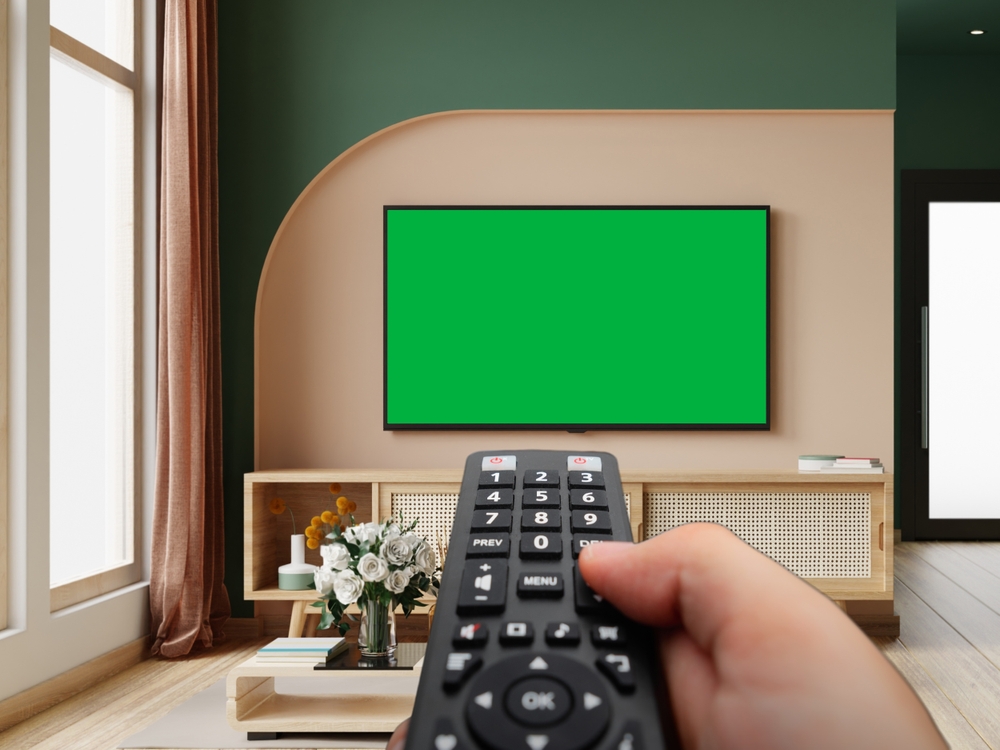In today’s world, being savvy with your money is more crucial than ever. Many people are re-evaluating their expenses, looking to cut costs where they can. Some expenses are justified, while others simply don’t make financial sense anymore. Here’s a list of 13 things you might want to stop paying for, allowing you to reallocate those funds to something more worthwhile. It’s about choosing wisely and making every dollar count.
13. Lottery Tickets

Playing the lottery is a tempting pastime, but the odds are rarely in your favor. The allure of a big payout blinds many to the statistical improbability of winning. Consider the money spent on tickets and what it could do if invested or saved. While the occasional ticket purchase for fun isn’t a big deal, regular lottery spending can become a financial burden. It’s about understanding the reality of the odds and making smarter financial choices.
Instead of hoping for a windfall, focus on strategies that are more likely to improve your financial future. Building a savings plan or investing in a retirement account can provide security that gambling can’t. The thrill of winning can be appealing, but it’s important to keep it in perspective. Redirecting funds from lottery tickets to more reliable investments is a step toward financial stability. Make decisions that support long-term goals, not fleeting dreams.
2. Extended Warranties

Extended warranties might seem like a safe bet, but they often end up as money down the drain. Retailers love them because they boost profits, but for you, they might not be necessary. Most products come with a manufacturer’s warranty that covers the first year or two. This is usually enough time to uncover any defects or issues. Beyond that, it’s rare that the insurance would pay off compared to its cost.
Moreover, many credit cards offer extended warranty protection as a perk for purchases made with the card. It’s essential to check the terms of your card; you might already have coverage you didn’t know about. On top of that, consumer laws in many regions protect buyers from faulty goods, which overlap with what a paid warranty might cover. Paying extra for something you already have access to is simply not economical. Assess your needs and existing protections before buying into extended warranties.
3. Landline Phones

In an era dominated by mobile phones, the traditional landline is quickly becoming obsolete. Most people rarely use their landlines, yet continue to pay for them out of habit. According to a report by the National Center for Health Statistics, more than 60% of adults are living in wireless-only households as of the latest findings. The convenience and functionality of mobile phones make landlines unnecessary for many. It’s time to reconsider whether you need both, or if mobile can suffice.
Landlines can be a backup in emergencies, but mobile technology has advanced to fill that role as well. With cellular networks becoming more reliable and the prevalence of Wi-Fi calling, having a landline is less of a necessity. Furthermore, eliminating your landline can free up funds for better mobile plans or other tech upgrades. If you find yourself dusting off the landline more often than using it, it’s probably a relic of the past worth retiring. Focus on connectivity that aligns with your actual use.
4. Unused Gym Memberships

Signing up for a gym membership is easy; sticking to a consistent routine is where the challenge lies. If you’re not using the membership regularly, it’s an expense that can quickly add up without return. Many gyms rely on people signing up with good intentions and then losing motivation. Assess how often you’re actually attending and if it’s worth the monthly fee. If not, consider canceling and exploring alternative fitness options.
There are countless free or low-cost ways to stay active without ever stepping foot in a gym. Online workout programs, outdoor activities, and fitness apps can provide the same benefits at a fraction of the cost. The key is to find something that suits your lifestyle and keeps you motivated. Moving away from a traditional gym membership could open up new ways to stay fit without the financial burden. Re-evaluate your fitness needs and make a change if necessary.
5. Bottled Water

Buying bottled water may seem convenient, but it’s an unnecessary expense that’s easily avoidable. According to Peter Gleick, a water expert and co-founder of the Pacific Institute, the environmental impact of bottled water is significant, with millions of plastic bottles ending up in landfills every year. Instead, invest in a good quality reusable water bottle and a home filtration system. These initial investments can save you money in the long run and lessen your environmental footprint. Plus, many public places now offer water bottle refilling stations.
Reusable bottles are now more stylish and functional than ever before, making them an attractive option. You can carry them wherever you go, ensuring you stay hydrated without the continuous cost of purchasing bottled water. With a range of filters available, from pitchers to faucet attachments, getting clean water at home is easier and cheaper than continually buying bottles. Moving away from bottled water is a simple yet impactful change you can make. It’s better for your wallet and the planet.
6. Magazine Subscriptions

In the digital age, printed magazines are becoming less relevant. You might find yourself flipping through pages only occasionally, yet those renewal charges keep coming. Consider whether you’re getting the most out of your subscription or if it’s just collecting dust on your coffee table. Digital editions are often cheaper and offer the same content at your fingertips. Many publications now have websites with free articles, making it easy to stay informed without the cost.
Moreover, streaming services and social media platforms offer a constant stream of information and entertainment tailored to your interests. You can follow your favorite magazines online and get updates without the paper clutter. If you enjoy the tactile experience, it’s worth finding out whether your library offers free access to digital magazines. The shift to digital not only saves money but is also eco-friendly. Evaluate your reading habits and consider going digital.
7. ATM Fees

Withdrawing cash from ATMs not affiliated with your bank can lead to unnecessary fees. These fees, while small, can add up over time if you’re not careful. According to a report by Bankrate, the average ATM fee is now over $4.50 per transaction, which can quickly become a drain on your finances. To avoid these charges, plan ahead and withdraw cash from your own bank’s ATMs where possible. Some banks also offer accounts that reimburse ATM fees, so it’s worth exploring if you frequently find yourself relying on cash.
Moreover, in an increasingly cashless society, you might find you don’t need cash as often as you think. Many transactions can be done with cards or through mobile payment apps, providing convenience without the extra cost. Evaluating your habits can help you minimize unnecessary ATM fees, saving you more than you might expect. If you’re stuck paying these fees regularly, it’s time to reassess your banking options. Taking control of your cash access is a step toward smarter financial management.
8. Bank Fees

Banks are notorious for adding fees to your account, often hidden in the fine print. Checking account fees, overdraft charges, and minimum balance penalties are just a few examples. It’s important to understand the fees your bank imposes and how you can avoid them. Many banks offer fee-free accounts, so consider switching if you’re consistently being charged. Do your research and choose a bank that aligns with your financial habits.
Keeping a close eye on your account can prevent unexpected charges. Technology makes it easier than ever to manage your finances online and set up alerts for any fees. Avoiding bank fees is like getting a raise you didn’t know you had. Consider asking your bank about waiving fees as part of customer loyalty; sometimes, it’s just a matter of asking. Taking a proactive approach to your banking can free up money for things that truly matter.
9. Premium Smartphone Features

Smartphones are packed with features, but not everyone needs the latest and greatest model. If you’re not utilizing advanced capabilities, it might not be worth paying for a premium device. Consider sticking with a model that meets your needs without the bells and whistles. Options abound for budget-friendly phones that still deliver reliable performance. Take stock of your actual usage and decide if that high-end smartphone really makes sense for you.
Moreover, many people upgrade their phones more frequently than necessary. Manufacturers are constantly releasing new models, but the differences might not be significant enough to justify the cost. By holding onto your current phone longer, you avoid the cycle of perpetually paying for features you don’t use. There’s something satisfying about making a device last its full potential lifespan. Focus on your needs and resist the pressure to upgrade too soon.
10. High-End Clothing Brands

Designer labels can come with a hefty price tag that doesn’t always equate to better quality. If you’re buying clothes for the name rather than the product, you might want to reconsider. Many brands offer stylish, durable options at a fraction of the cost. It’s possible to dress well without draining your bank account. Evaluate your wardrobe and shopping habits to see if you can make smarter choices.
The fashion industry is full of affordable brands that focus on quality and sustainability. Thrift stores and consignment shops can also be a treasure trove of unique finds. Instead of spending money on high-end labels, invest in versatile pieces that can be mixed and matched. It’s about making informed choices that align with your values and budget. Dressing smartly doesn’t have to mean spending big.
11. Brand-Name Groceries

When it comes to grocery shopping, brand loyalty can cost you. Many store brands offer products that are just as good, if not better, than their branded counterparts. The key is to try different products and see which ones suit your taste. Often, the ingredients are nearly identical, but the price difference can be substantial. Consider making the switch and watch your grocery bill shrink.
Additionally, buying generic brands can lead to more mindful shopping habits. When you’re not fixated on specific names, you’re more likely to find bargains and try new things. This doesn’t mean compromising on quality; many generic products are exceptional. By freeing yourself from brand loyalty, you can allocate those savings elsewhere. It’s a small change with big potential benefits.
12. Unused Subscriptions

The subscription model has taken over many aspects of daily life, from streaming services to meal kits. It’s easy to lose track of what you’re subscribed to, leading to recurring charges for services you barely use. Take a hard look at your monthly expenses and cancel any subscriptions you don’t actively use. Consider whether a one-time purchase or pay-as-you-go model might serve you better. Reducing unused subscriptions is an easy way to trim your budget.
Moreover, there are tools and apps available that can help you manage your subscriptions. These can alert you to renewals and give you a clear picture of what you’re paying for. It’s about being conscious of where your money goes and ensuring it aligns with your priorities. Reclaiming control over your subscriptions can provide both financial and mental clarity. Make intentional choices about what services add genuine value to your life.
13. Cable Television

Cutting the cord has never been easier, thanks to an abundance of streaming options. Cable television used to be a household staple, but with rising costs, it’s quickly losing its appeal. Streaming services offer a wide variety of content at a fraction of the price of cable packages. According to a study by Deloitte, more than half of American households have already made the switch to streaming services. It’s time to ask yourself if you truly watch all those channels or if a more tailored, less expensive option would do the trick.
Besides, many streaming services allow for personalized content, meaning you can watch what you want, when you want. This flexibility is something traditional cable can’t compete with. Plus, many new services bundle options for additional savings, making them even more attractive. By ditching cable, you’re not just saving money; you’re also gaining control over your viewing experience. It’s a win-win situation that just makes sense.
This article is for informational purposes only and should not be construed as financial advice. Consult a financial professional before making investment or other financial decisions. The author and publisher make no warranties of any kind.








